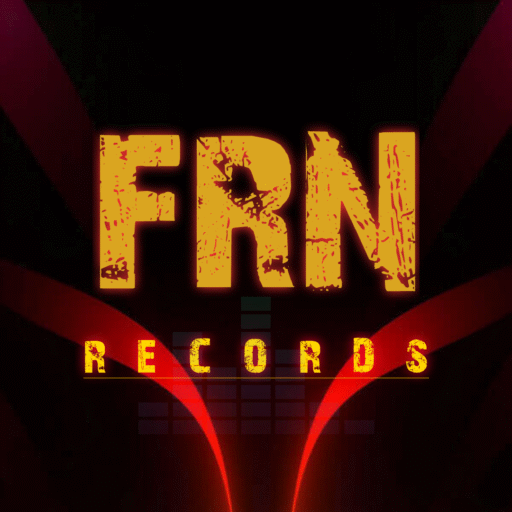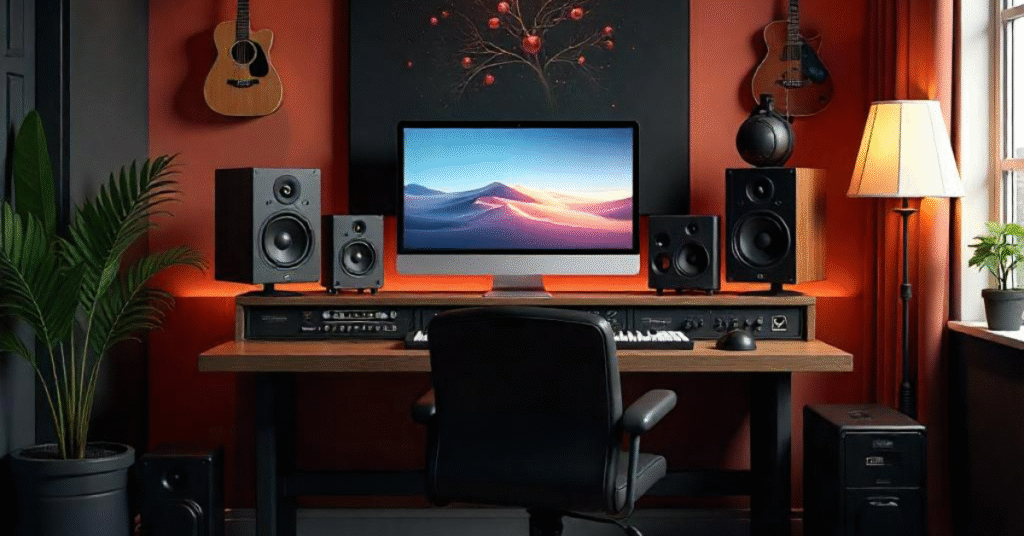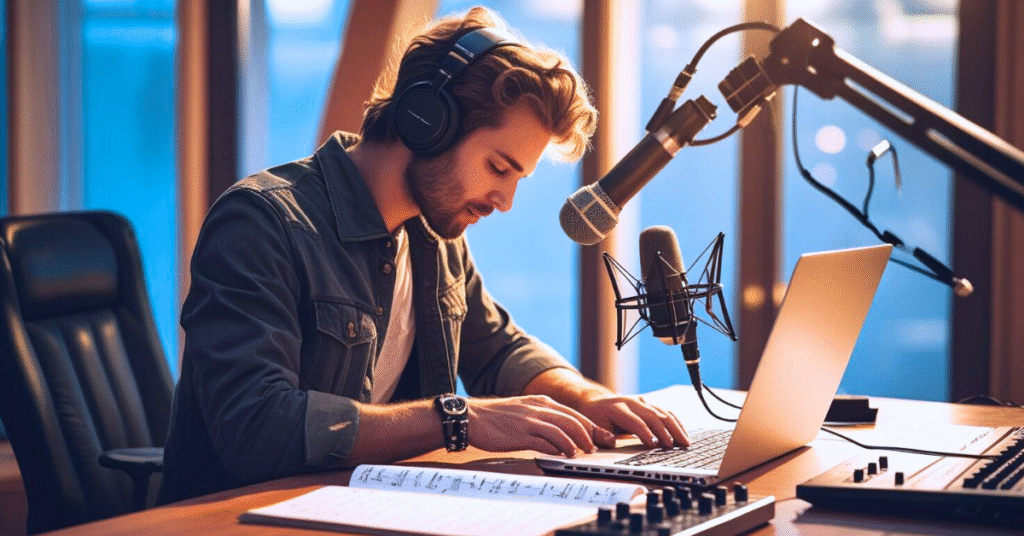Music Production Tips for Beginners: Start Producing Like a Pro
Affiliate Disclosure:
This post may contain affiliate links. If you buy through them, we may earn a commission at no extra cost to you.
Start your journey with FL Studio – A top choice for beginners and pros alike.

Starting your journey in music production can be exciting, but also confusing. From choosing your DAW to creating your first beat, every step matters. This guide will give you simple, actionable tips to help you start producing music with confidence, even from your bedroom.
Whether you’re just opening your DAW for the first time or finally deciding to take your passion for music seriously, getting started with music production can feel both exciting and overwhelming. But don’t worry — this guide will walk you through the essential tips every beginner should know to kick off their music-making journey on the right track.
1. Choose the Right DAW (Digital Audio Workstation)
Your DAW is your creative playground. It’s where you’ll compose, record, edit, mix, and master all your songs. Choosing the right one that fits your workflow and genre makes all the difference.
Popular beginner-friendly DAWs:
-
FL Studio – Easy to use for beat-making and hip-hop
-
Ableton Live – Great for EDM, looping, and live performance
-
Logic Pro X – Excellent for Mac users and songwriting
-
GarageBand – Perfect for Mac/iOS users just starting out
-
Cakewalk – A full-featured, free DAW for Windows users
Tip: Pick one DAW and stick to it. Mastering one is better than dabbling in five.
2. Invest in Basic Home Studio Gear
You don’t need a full professional studio to start producing. But having a few essential tools can dramatically improve your sound quality and workflow.
Beginner Gear Checklist:
-
A reliable Laptop/PC with decent processing power
-
An Audio Interface (like Focusrite Scarlett Solo or Behringer UMC22)
-
A Condenser Microphone (like Audio-Technica AT2020)
-
A compact MIDI Keyboard (25 or 49 keys is fine)
-
Studio Headphones (like Audio-Technica M50x or Sony MDR-7506)
This setup gives you everything you need to record, compose, and mix from home.
3. Stay Organized With File Management
From day one, start organizing your projects, samples, and stems properly. As your music library grows, a messy system will only slow you down.
Pro Folder Structure:
-
Projects – Your DAW sessions
-
Samples – Loops, one-shots, sound packs
-
Stems – Individual instrument/track exports
-
Mixes – Final mixed versions
-
Master’s – Ready-to-release files
Naming things properly and keeping backups can save you from hours of frustration later.
4. Learn Basic Music Theory
You don’t need to become Mozart, but understanding the fundamentals of music theory will boost your ability to create meaningful and melodic tracks.
Start with:
-
Major and minor scales
-
Understanding tempo and time signatures
-
Common song structures (verse–chorus–bridge)
Knowing what chords work together or how to build tension in a melody will unlock endless creative possibilities.
5. Use High-Quality Sounds and Samples
Your music is only as good as the sounds you use. Beginners often make the mistake of using low-quality, overused free samples found all over the internet.
Top Sample Libraries:
-
Splice – Affordable and vast collection of royalty-free samples
-
Loopmasters – Wide variety of genres and styles
-
Cymatics – Great for trap, EDM, and modern beats
-
LANDR Samples – Curated and high-quality sounds
Investing in quality samples helps your music stand out from the crowd.
6. Learn the Basics of Mixing (Early On!)
Many beginners leave mixing to the very end, but it’s better to start learning it alongside your production process.
Basic Mixing Skills:
-
Volume Balancing – Give every element its proper place
-
EQ – Clean up muddiness and highlight important frequencies, check here.
-
Compression – Control dynamics and glue sounds together, if you want to click out.
-
Reverb/Delay – Create depth and atmosphere without overdoing it. You can check out.
Less is more in mixing. Clarity always wins over loudness.
7. Export Your Tracks Correctly
Once your song is ready, exporting it the right way is crucial for sharing and mastering.
Best Export Practices:
-
WAV (24-bit) – Use for final masters and distribution
-
MP3 (320kbps) – Use for quick sharing or demos
-
Normalize if needed to make sure your track hits the right loudness
-
Test on headphones, car speakers, laptops, and phones
💡 Pro Tip: Every speaker reveals something new — test on as many systems as you can.
8. Practice Every Day (Even a Little)
You don’t need to spend 5 hours daily to improve. Just 30 minutes a day of focused practice is enough to level up over time.
Tips for consistent practice:
-
Set mini-goals (e.g., make a drum loop, write a melody)
-
Follow beginner tutorials and recreate beats
-
Finish tiny 1-minute tracks instead of chasing perfection
-
Don’t hoard unfinished ideas — finish something!
Progress happens when you finish tracks, not just start them.
FAQs
Q1: Which DAW is easiest for beginners?
Ans: FL Studio and GarageBand are beginner-friendly and widely used.
Q2: How long does it take to learn music production?
Ans: With daily practice, you can make decent beats in 2–3 months.
Q3: Do I need to know how to play an instrument?
Ans: No, but it helps. MIDI and virtual instruments can also be used creatively.
Final Thoughts
Music production is a journey — one filled with creativity, frustration, inspiration, and growth. As a beginner, you don’t need fancy plugins or the best gear. What you need is consistency, curiosity, and courage to keep creating.
Start small. Stay humble. And keep learning with every beat.
Did you find music production tips? Share your thoughts!
💬 Need a music production tips suggestion? Drop a comment!
Hi, I’m Nikhil Farenjiya, a music producer and professional singer with 10 years of experience. I share my knowledge and passion for music through writing to help aspiring artists grow. My blog is dedicated to inspiring and guiding music lovers on their creative journey.


